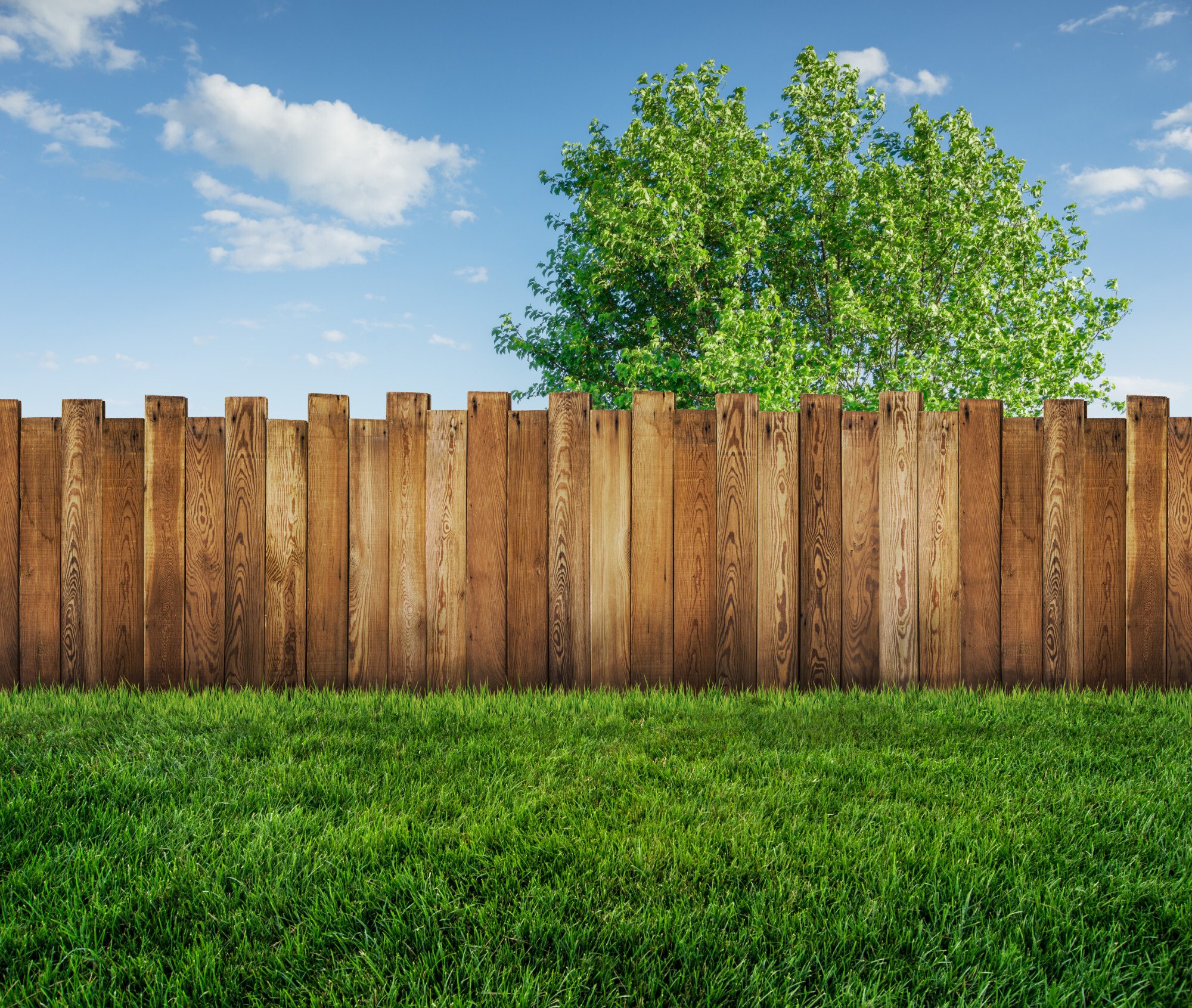How to Go About Fence Installation

Whether you want to delineate the boundaries of your property, keep your pets and animals inside, or just provide a bit of privacy, installing a fence is a great way to go. Fences can be made of wood, vinyl, or aluminum, and can be used to protect your yard from the elements. They can be built as tall as eight feet, and can be used to create a boundary between two properties. Whether you are a do-it-yourselfer, or you want to hire a professional, there are a few things to keep in mind to ensure the job gets done right. You can get more info about installing a fence here.
First, determine the size of your yard. The size of your yard will greatly affect the cost of fence installation. Materials can range from $10 to $35 per linear foot, with labor accounting for about 50% of the cost. The cost of materials also depends on the type of material you use. For example, wood is typically the most inexpensive material, but it may require more maintenance in the long run. The price of painting also depends on the quality of paint you use.
Next, find out whether your community requires a building permit. Depending on the city and community, you may need to get a permit before you can build your fence. There may also be rules and regulations for installing a fence, and these can be different than those for other types of structures.
Next, you'll need to decide what style and material to use. Wood, vinyl, or aluminum are the most common materials for a fence, and can be used to make a variety of styles. A professional will be able to help you choose the best option for your home. It may also be helpful to work with your neighbor before you begin a fence project. You may find that you can get a better deal by splitting the cost with someone who owns the land where your fence will go. Learn more about this topic here at our homepage now.
Before you start your fence project, you'll need to clear out the area where your fence will go. This includes removing debris from the area and clearing the ground of any obstacles. If you have a messy yard, it can make the entire process more difficult. If you have a large garden or backyard, you may want to consider removing the existing landscaping to give your fence a clean cut look. Alternatively, you can hire a professional to clear out your yard of debris.
You should also make sure that your fence meets all local building codes. Typically, a fence should be at least three feet high, and it should be attached to the ground. Adding middle rails can give your fence extra stability. You'll also want to ensure that the posts are spaced closely together, and that the fence is level. You'll also want to remove any existing vegetation on the property line, if possible. This can include large trees that take years to grow. Find out more details in relation to this topic here: https://fr.wikipedia.org/wiki/Electric_Fence.
